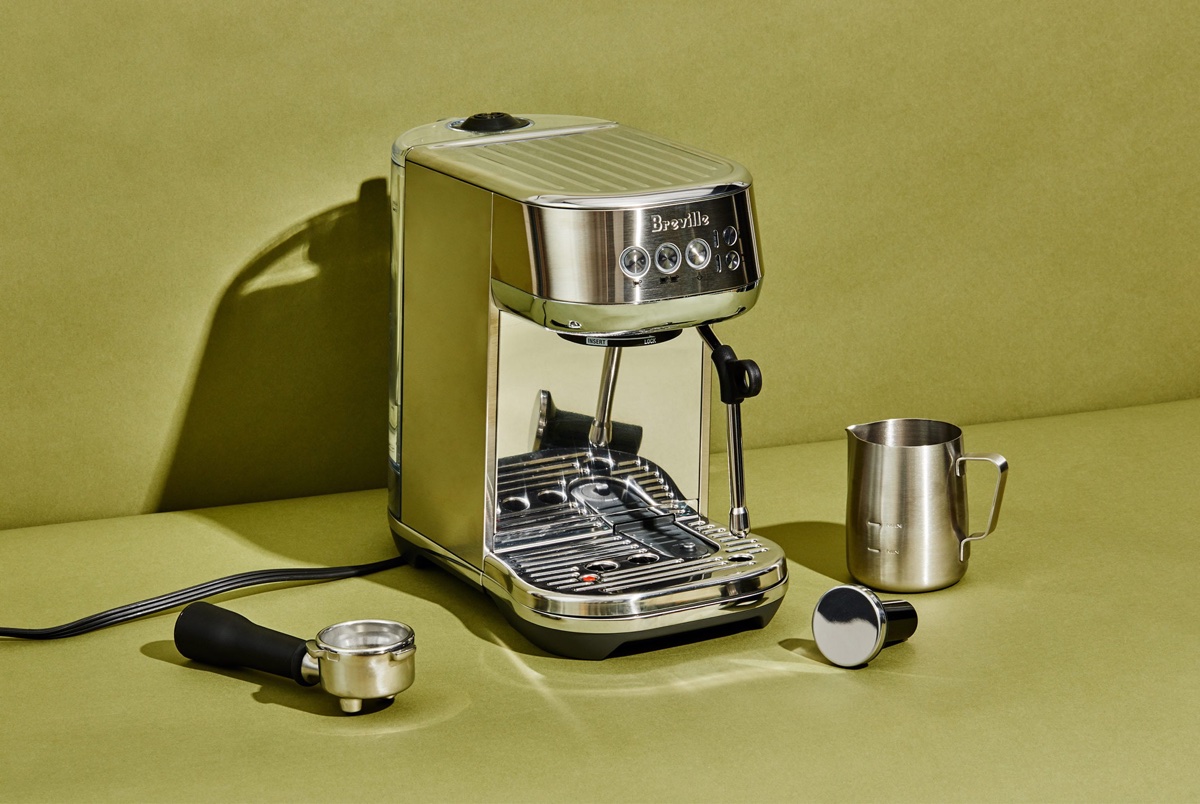

Articles
How To Dispose Of A Coffee Machine
Modified: February 20, 2024
Looking for articles on how to dispose of a coffee machine? Find all the information and step-by-step guides you need to safely and responsibly discard your old coffee maker.
(Many of the links in this article redirect to a specific reviewed product. Your purchase of these products through affiliate links helps to generate commission for Storables.com, at no extra cost. Learn more)
Introduction
Are you tired of your old coffee machine taking up space in your kitchen? Maybe it’s time to upgrade to a newer model, or maybe you’re just looking to declutter your home. Whatever the reason, disposing of a coffee machine properly is important for the environment and your own peace of mind.
But how exactly do you go about disposing of a coffee machine? Can it be recycled? Should it be thrown away in the trash? In this article, we will guide you through the steps to properly dispose of your coffee machine, ensuring that it is done in an environmentally friendly and responsible manner.
Before we dive into the disposal process, it’s essential to note that not all coffee machines are created equal. Different models and brands may have specific disposal instructions provided by the manufacturer. Be sure to consult the user manual or the company’s official website for any specific guidance. However, the general steps outlined in this article will serve as a useful guide for most coffee machines.
Now that we have laid the groundwork, let’s get started with step one: cleaning the coffee machine.
Key Takeaways:
- Properly disposing of a coffee machine involves thorough cleaning, disassembly, and separating recyclable and non-recyclable components. Recycling and donating/selling the machine are eco-friendly options to minimize waste.
- Following manufacturer’s instructions, cleaning, and separating recyclable and non-recyclable components are crucial steps in responsibly disposing of a coffee machine. Recycling and donating/selling the machine contribute to a sustainable and circular economy.
Read more: How To Make Coffee With Coffee Machine
Step 1: Cleaning the Coffee Machine
Before disposing of your coffee machine, it’s important to clean it thoroughly. This ensures that any leftover coffee residue or build-up is removed, reducing the risk of any potential contamination or odors.
Start by unplugging the machine and allowing it to cool down. Remove any coffee grounds or filters from the machine and empty the water reservoir. Use a damp cloth or sponge to wipe down the exterior of the machine, removing any spills or stains.
Next, it’s time to clean the internal components of the coffee machine. Follow the manufacturer’s instructions on how to clean the specific parts. This may include removing the brew group, filter basket, or carafe and cleaning them with warm soapy water. Pay special attention to any access points or crevices where coffee residue may accumulate.
For stubborn stains or calcification, you can use a descaling solution or a mixture of vinegar and water to clean the internal components. Simply run the solution through the machine as if you were brewing a pot of coffee, then follow up with a cycle of clean water to rinse away any residue.
Once the cleaning process is complete, allow the coffee machine to dry thoroughly before moving on to the next step. This ensures that no moisture remains, which can lead to mold or damage during the disposal process.
Now that your coffee machine is clean and ready, it’s time to move on to step two: disassembling the coffee machine.
Step 2: Disassembling the Coffee Machine
Disassembling the coffee machine is an important step in the disposal process, as it allows for easier recycling and proper disposal of individual components.
Start by referring to the user manual or manufacturer’s instructions to determine the proper disassembly procedure for your specific coffee machine model. Some machines may require removing the carafe, brew group, filters, or other detachable parts.
Using the appropriate tools, carefully disassemble the machine, making note of any screws or clasps that need to be removed. Take your time and be gentle to avoid any damage to the machine or injury to yourself. If you’re unsure, it’s recommended to seek assistance from a professional or contact the manufacturer for guidance.
As you disassemble the coffee machine, it’s a good idea to place the smaller components, such as screws or removable filters, in a secure container to prevent them from getting lost during the disposal process. You can use a small bag or jar for this purpose.
Remember to unplug the machine from the power source before disassembling it to ensure your safety.
Once the coffee machine is fully disassembled, you’re ready for the next step: separating recyclable and non-recyclable components.
Step 3: Separating Recyclable and Non-Recyclable Components
After disassembling the coffee machine, it’s time to sort the components into recyclable and non-recyclable materials. Properly separating these components will help minimize waste and maximize recycling opportunities.
Start by identifying the parts that are made of recyclable materials, such as plastic, metal, or glass. Common recyclable components in a coffee machine include the carafe, filter basket, removable brew group, and plastic casings.
Make sure to remove any residual coffee grounds or other substances from these recyclable components before recycling them. Rinse them thoroughly with water and allow them to dry completely. This helps to avoid contamination and ensures they are ready for the recycling process.
For non-recyclable components, such as rubber gaskets, silicone seals, or certain electrical components, they need to be separated and disposed of properly. These items cannot be recycled and should be placed in the general waste bin.
It’s important to check with your local recycling guidelines to determine the specific requirements for recycling electronic components and hazardous materials. Some recycling centers or facilities may have specific drop-off locations or instructions for disposing of electronic waste.
By separating the recyclable and non-recyclable components of your coffee machine, you’re one step closer to responsible disposal. Next up, we’ll explore step four: recycling the components.
When disposing of a coffee machine, check if it can be recycled. If not, contact your local waste management facility for proper disposal instructions. Do not simply throw it in the trash.
Step 4: Recycling the Components
Now that you have separated the recyclable components from your coffee machine, it’s time to recycle them properly. Recycling these materials helps conserve resources, reduces landfill waste, and minimizes the environmental impact.
Start by researching recycling facilities or centers in your area that accept electronic waste and small appliances. Many municipalities have dedicated electronic recycling programs or specific drop-off locations for recycling these items.
Before taking the components to the recycling facility, it’s important to prepare them for recycling. Remove any labels, stickers, or adhesive residue from the components. These can be soaked in warm soapy water or gently scraped off using a plastic scraper or your fingernail.
If the components are made of different materials, such as plastic, metal, or glass, separate them into their respective recycling bins or containers. This makes it easier for the recycling facility to process the materials efficiently.
When dropping off the components at the recycling facility, inquire about any specific recycling guidelines they may have. Some facilities may require certain items to be disassembled further or may have additional instructions to ensure proper recycling.
Recycling not only extends the lifespan of valuable materials but also helps reduce the demand for new resources. It’s a small action that can make a big difference in preserving our planet for future generations.
With the recyclable components taken care of, let’s move on to the next step: properly disposing of non-recyclable components.
Read more: How To Dispose Of An Old Washing Machine
Step 5: Proper Disposal of Non-Recyclable Components
After recycling the recyclable components of your coffee machine, you’re left with the non-recyclable parts. These components cannot be recycled and need to be disposed of properly to minimize their impact on the environment.
Non-recyclable components of a coffee machine might include rubber gaskets, silicone seals, or certain electrical components. These items should not be thrown in the regular trash bin, as they can potentially leach harmful chemicals into the environment.
The best way to dispose of non-recyclable components is to check with your local waste management or municipal regulations. They can guide you on how to properly dispose of electronic waste or small appliances.
In many areas, there are specific e-waste collection centers or events where you can drop off these non-recyclable components for safe disposal. These centers ensure that hazardous materials are handled and disposed of following strict environmental regulations.
If you are unable to locate a dedicated e-waste collection center, contact your local government or waste management organization for further guidance. They can provide information on any scheduled collection programs or point you toward authorized disposal centers.
By properly disposing of non-recyclable components, you’re ensuring their safe containment and minimizing the risk of environmental contamination. With proper disposal complete, we can move on to step six: donating or selling the coffee machine.
Step 6: Donating or Selling the Coffee Machine
If your coffee machine is still in good working condition, another option to consider is donating or selling it. This allows someone else to make use of the machine and prevents it from ending up in a landfill.
If you decide to donate the coffee machine, there are several avenues to explore. Local charities, shelters, community centers, or non-profit organizations may be interested in accepting your donation. Contact them to inquire about their acceptance policy and any specific requirements they may have.
When donating the coffee machine, ensure that it is clean, fully functional, and includes any necessary accessories or manuals. This increases the likelihood of it being accepted and put to good use by the recipient.
If you prefer to sell the coffee machine, there are online platforms, such as classified ad websites or auction sites, where you can list your item for sale. Take clear and accurate photos of the machine, write a detailed description, and set a fair price. Be sure to disclose any known issues or limitations to potential buyers.
Alternatively, consider checking if the manufacturer of your coffee machine has a trade-in program or refurbished appliance program. Some companies offer discounts or incentives for returning old appliances, which they may refurbish and resell.
By donating or selling your coffee machine, you extend its lifespan and reduce waste. Someone else can benefit from its use, and you contribute to a more sustainable and circular economy.
With step six complete, you have successfully explored all the options for disposing of your coffee machine responsibly. Now, it’s time to wrap up our disposal process.
Conclusion
Properly disposing of your coffee machine is not only beneficial for the environment but also ensures that valuable resources are recycled and hazardous materials are handled responsibly. By following the steps outlined in this article, you can effectively dispose of your coffee machine in an environmentally friendly manner.
Cleaning the coffee machine thoroughly before disposal helps to eliminate any leftover residue and prepare it for the next steps. Disassembling the machine allows for the separation of recyclable and non-recyclable components, making it easier to recycle the materials and dispose of non-recyclable parts properly.
Recycling the recyclable components of your coffee machine ensures that valuable materials such as plastic, metal, and glass are given a new life. These materials can be reused, reducing the need for virgin resources and minimizing waste.
For the non-recyclable components, it is crucial to comply with local waste management guidelines and regulations. Check with your local authorities or waste management organization to find the appropriate methods for disposing of electronic waste or small appliances.
If your coffee machine is in good working order, consider donating or selling it to someone who can benefit from its use. This extends the lifespan of the appliance and reduces unnecessary waste.
By following these steps, you can ensure that your coffee machine is disposed of in a responsible and sustainable manner. Remember to always consult the user manual or manufacturer’s instructions specific to your coffee machine model for any additional guidance.
Let’s do our part in protecting the environment and promoting a greener future by disposing of our coffee machines properly. Together, we can make a difference!
Frequently Asked Questions about How To Dispose Of A Coffee Machine
Was this page helpful?
At Storables.com, we guarantee accurate and reliable information. Our content, validated by Expert Board Contributors, is crafted following stringent Editorial Policies. We're committed to providing you with well-researched, expert-backed insights for all your informational needs.
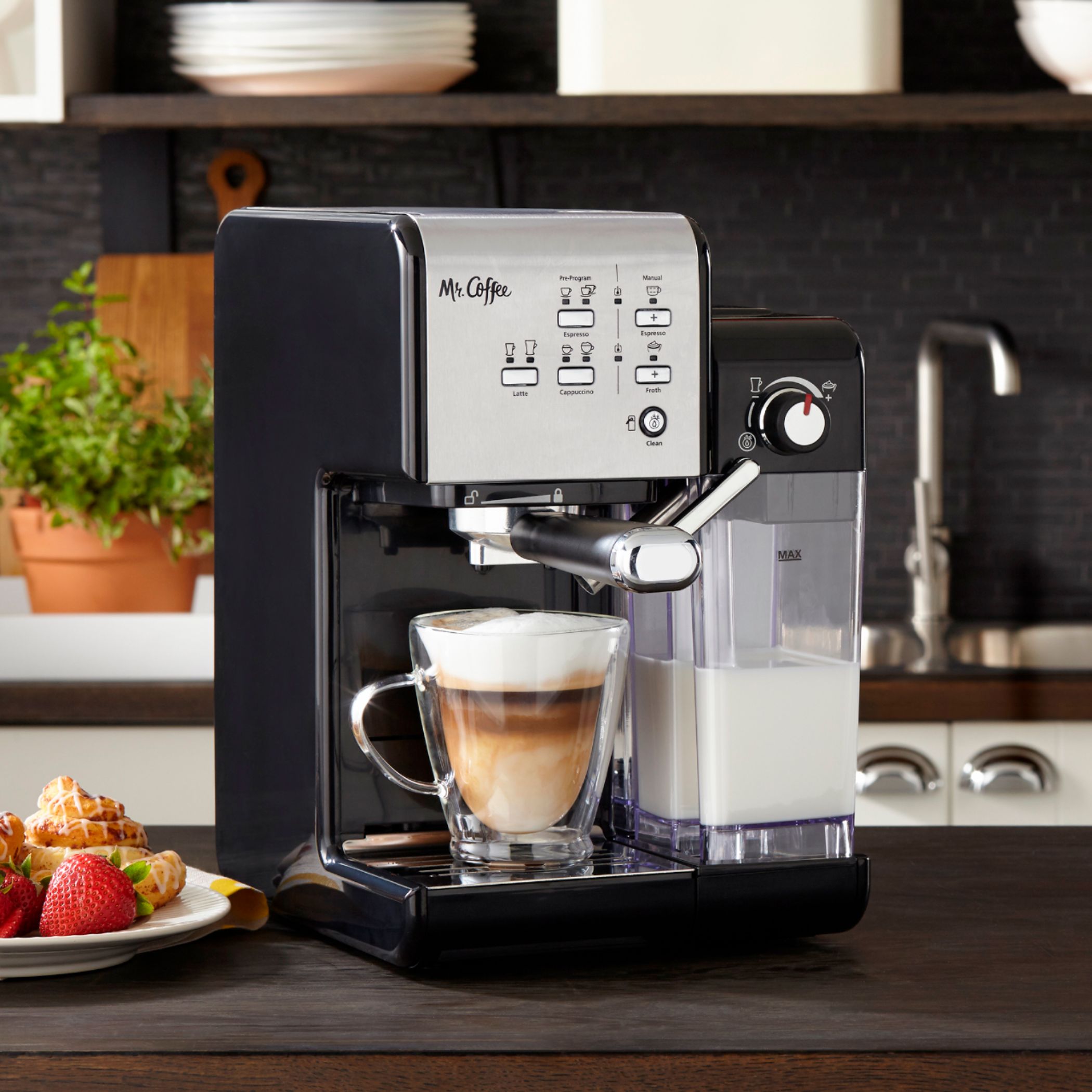
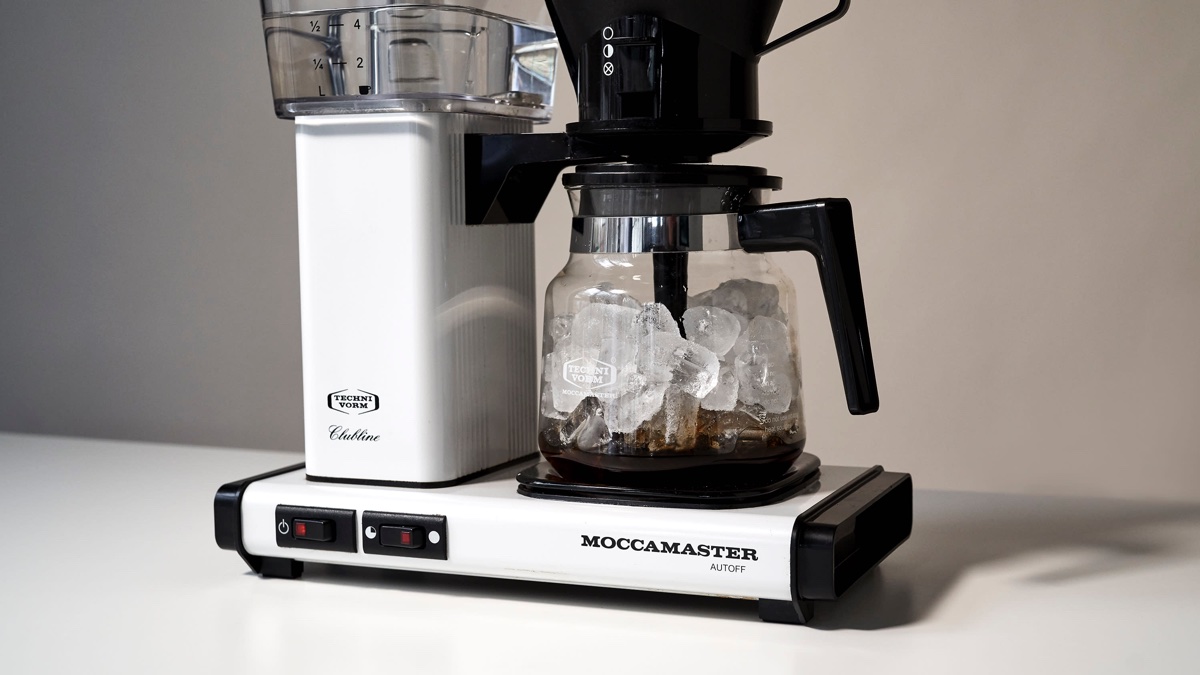
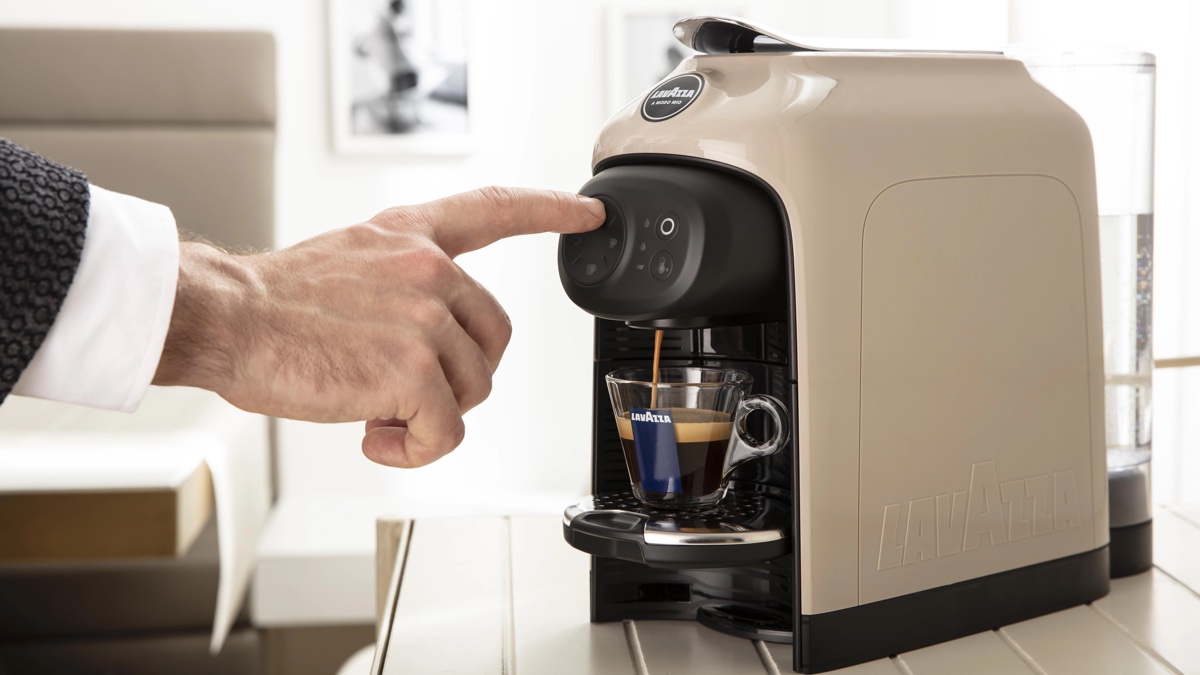
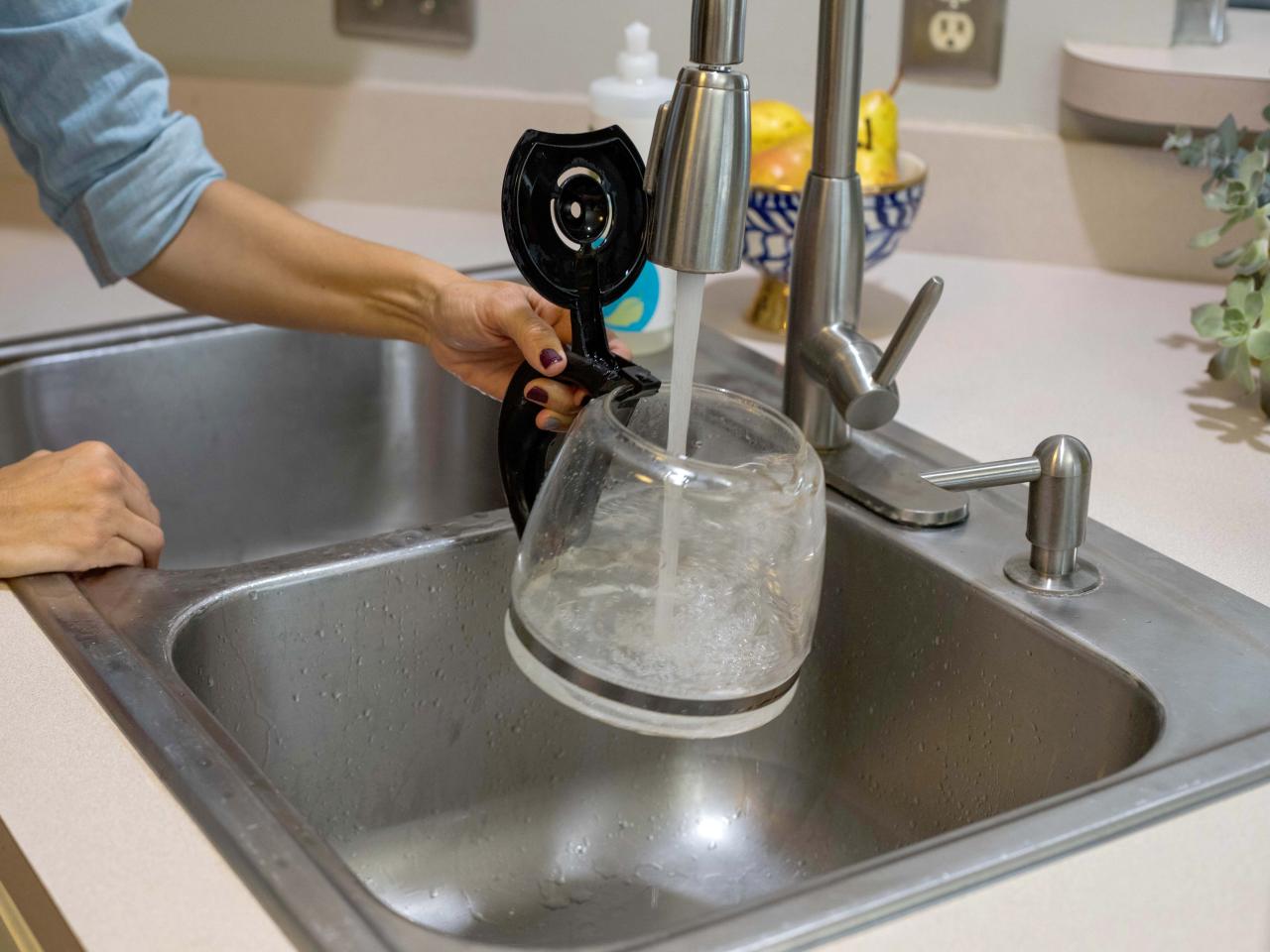
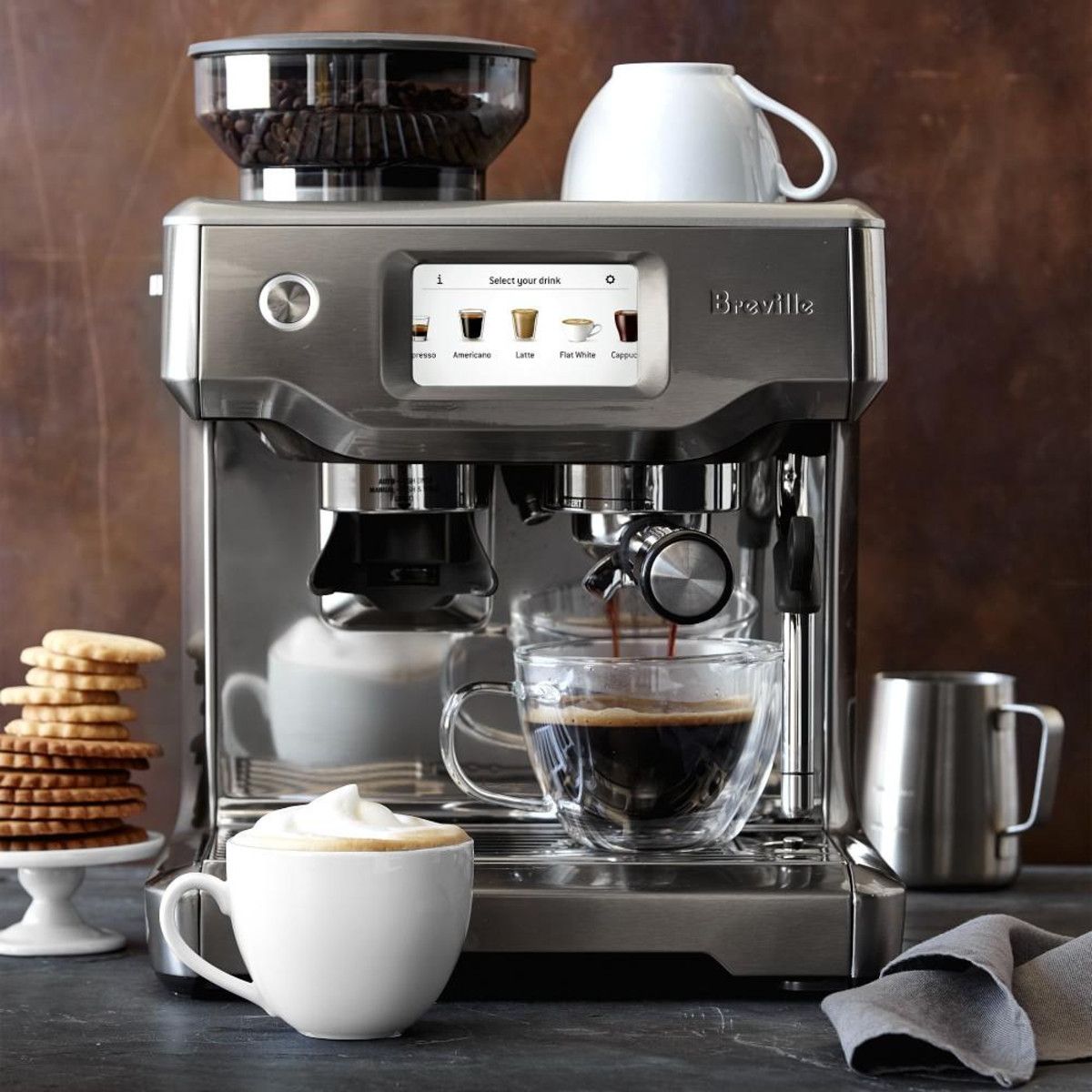
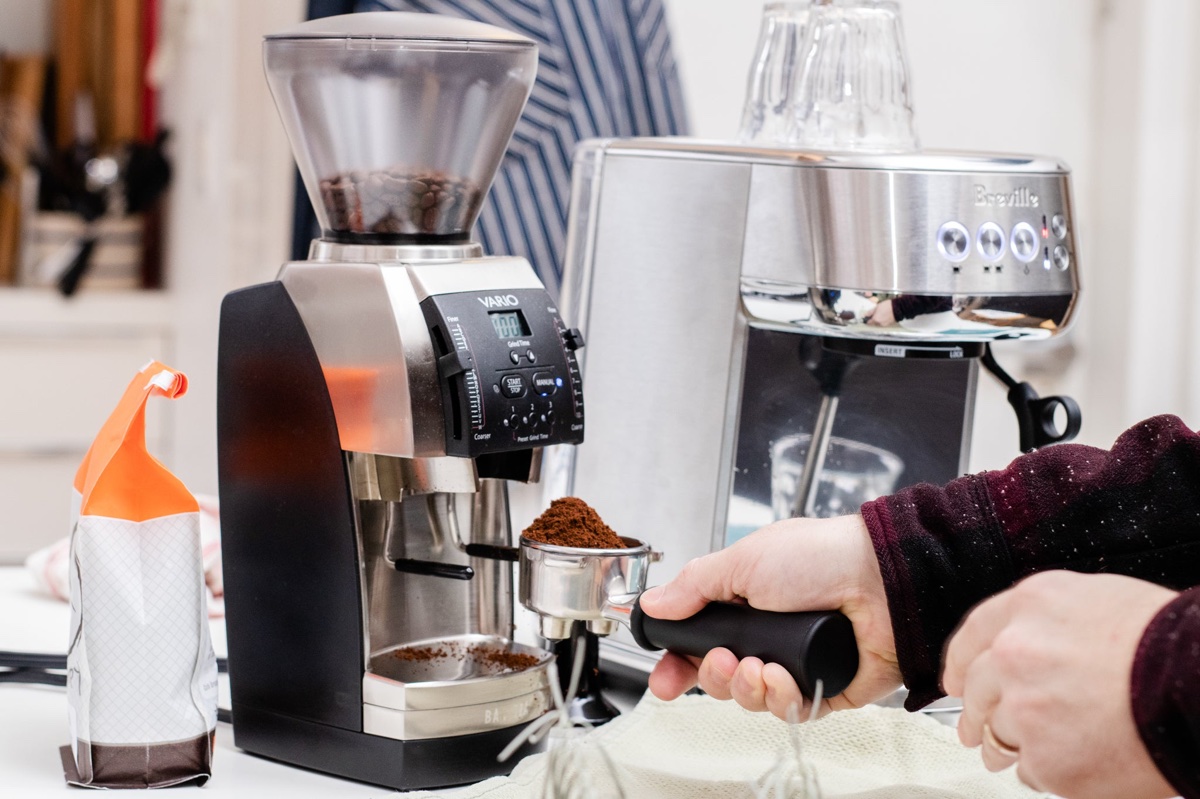
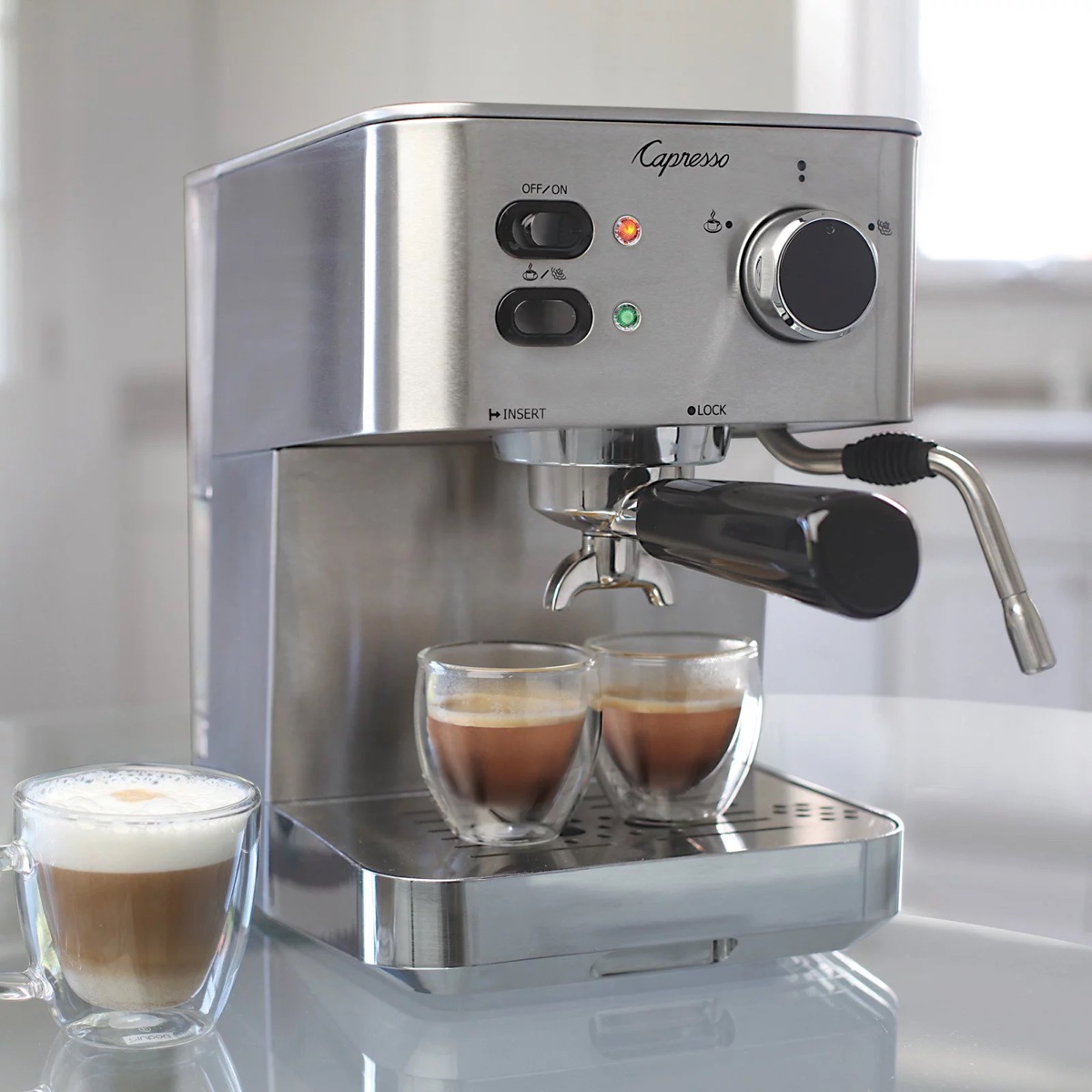
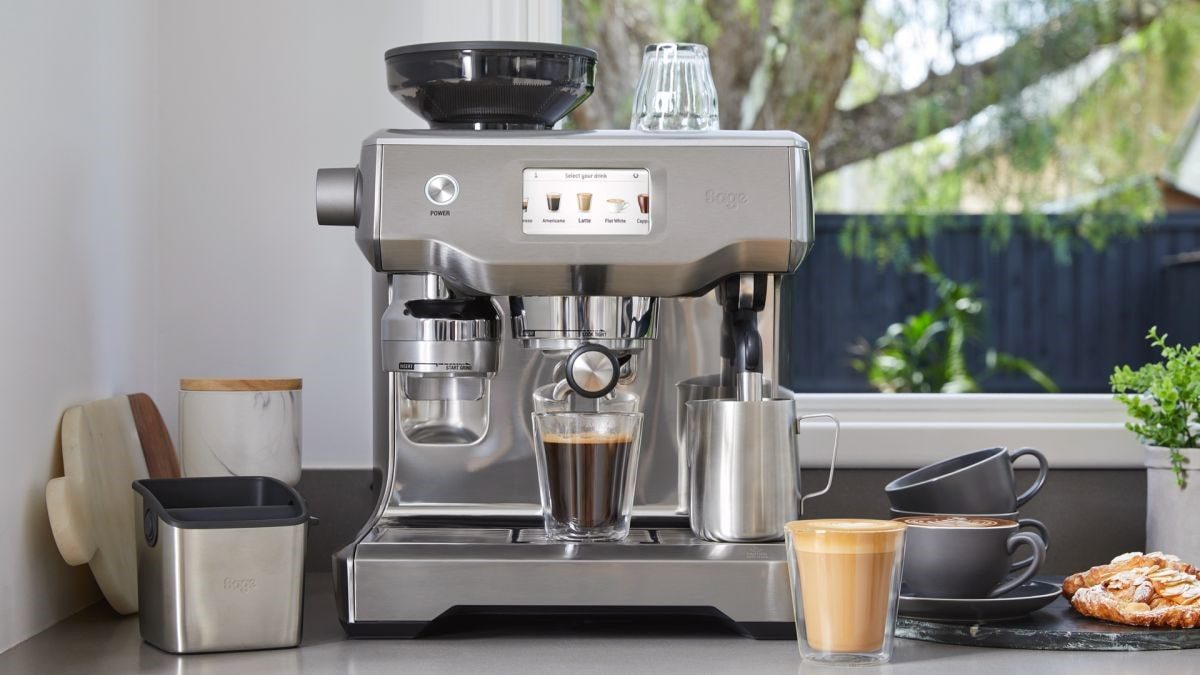
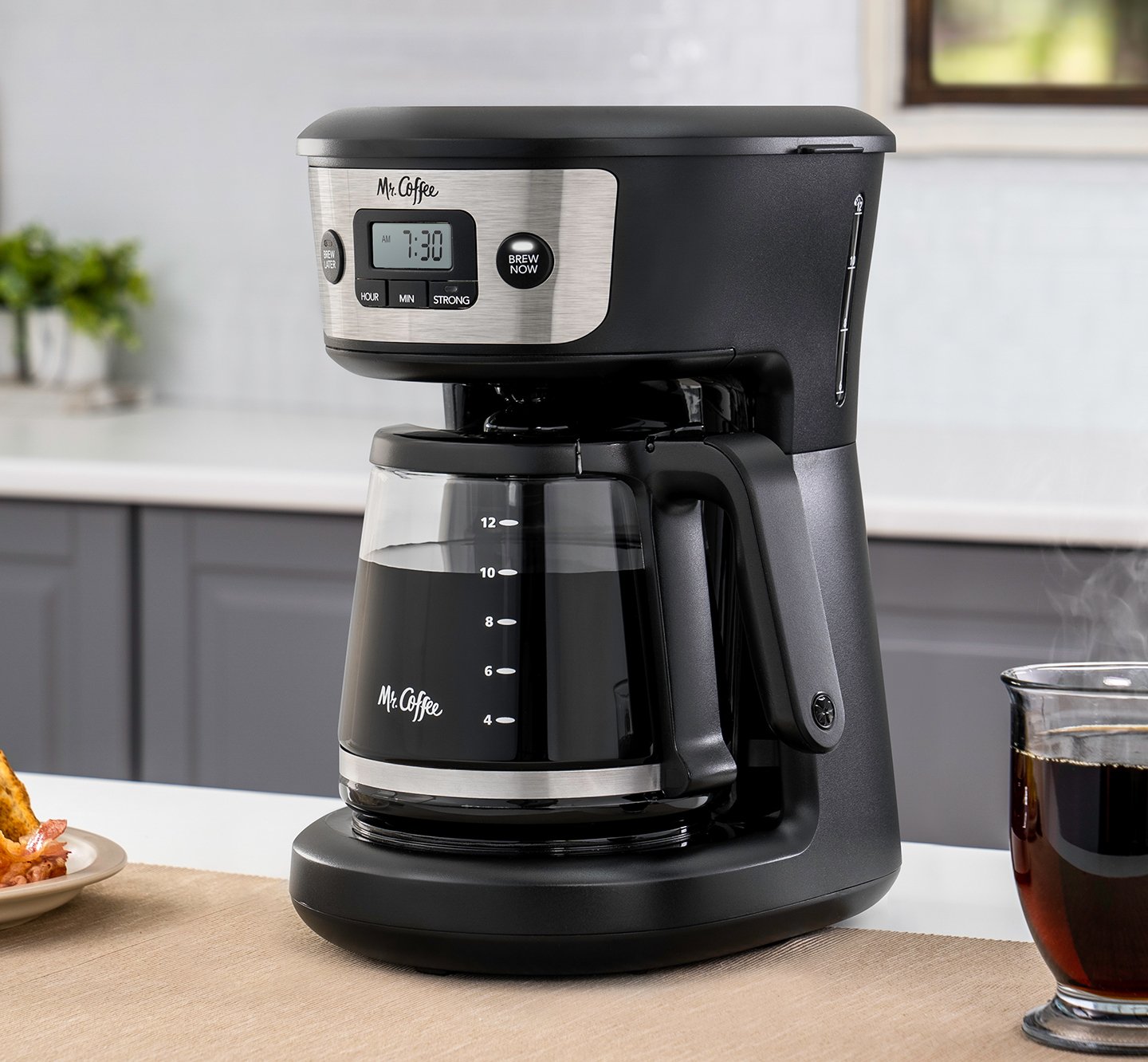
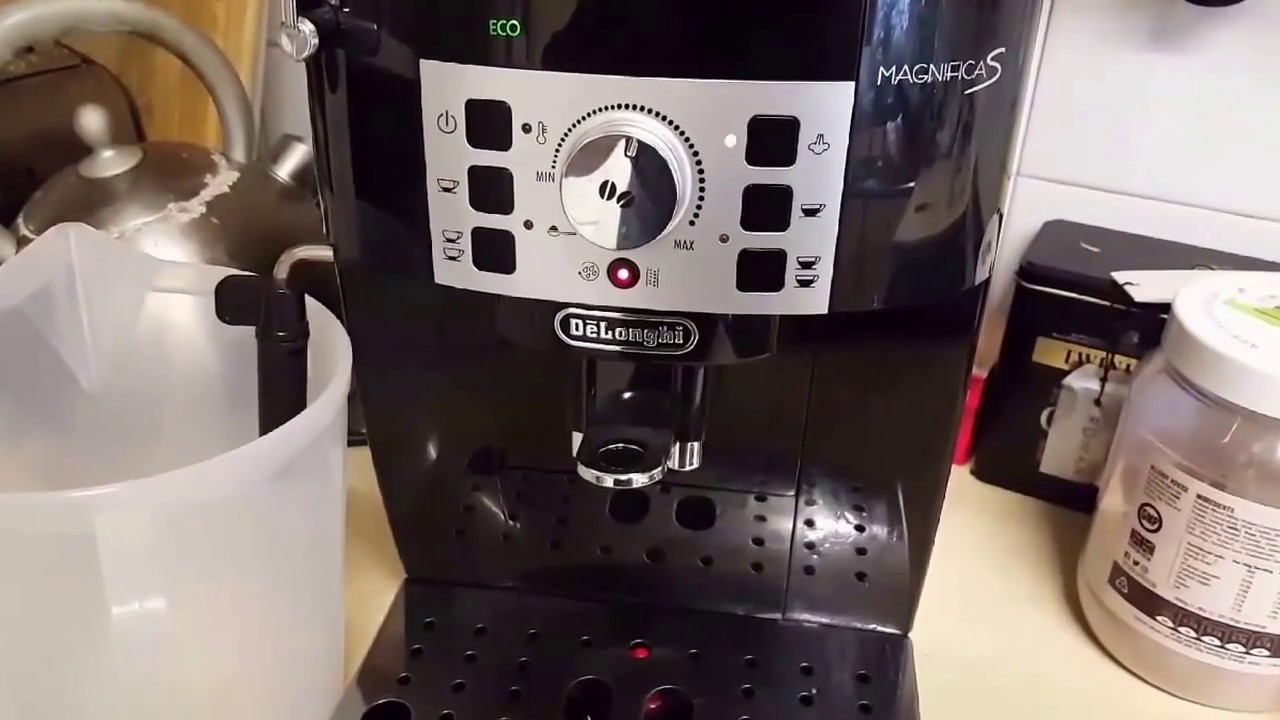
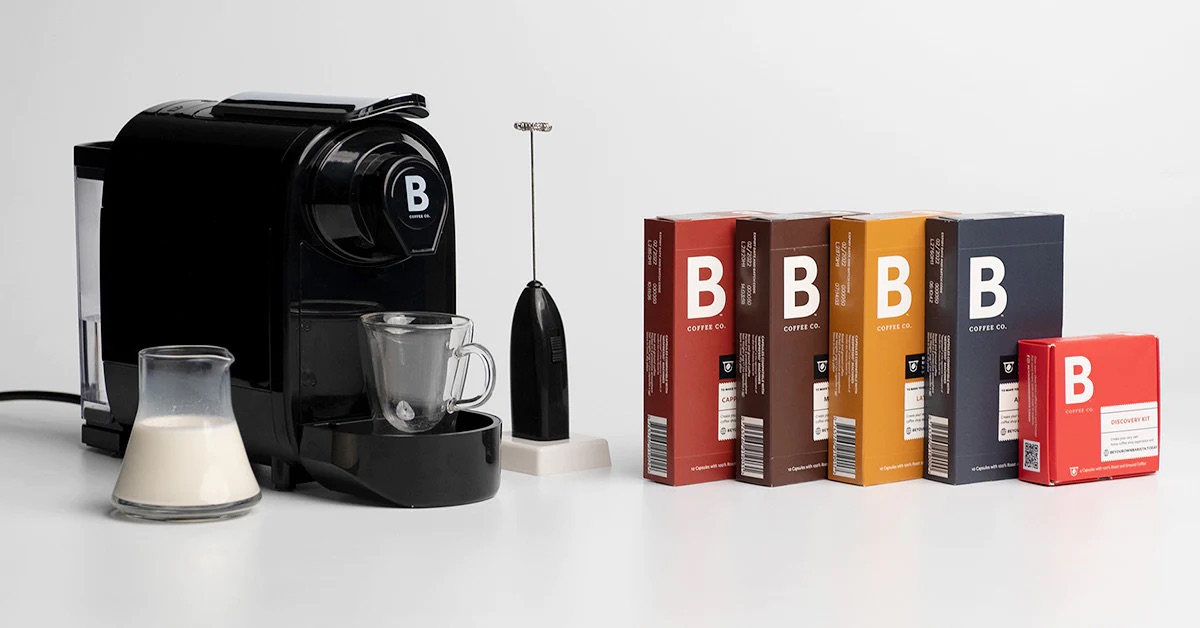
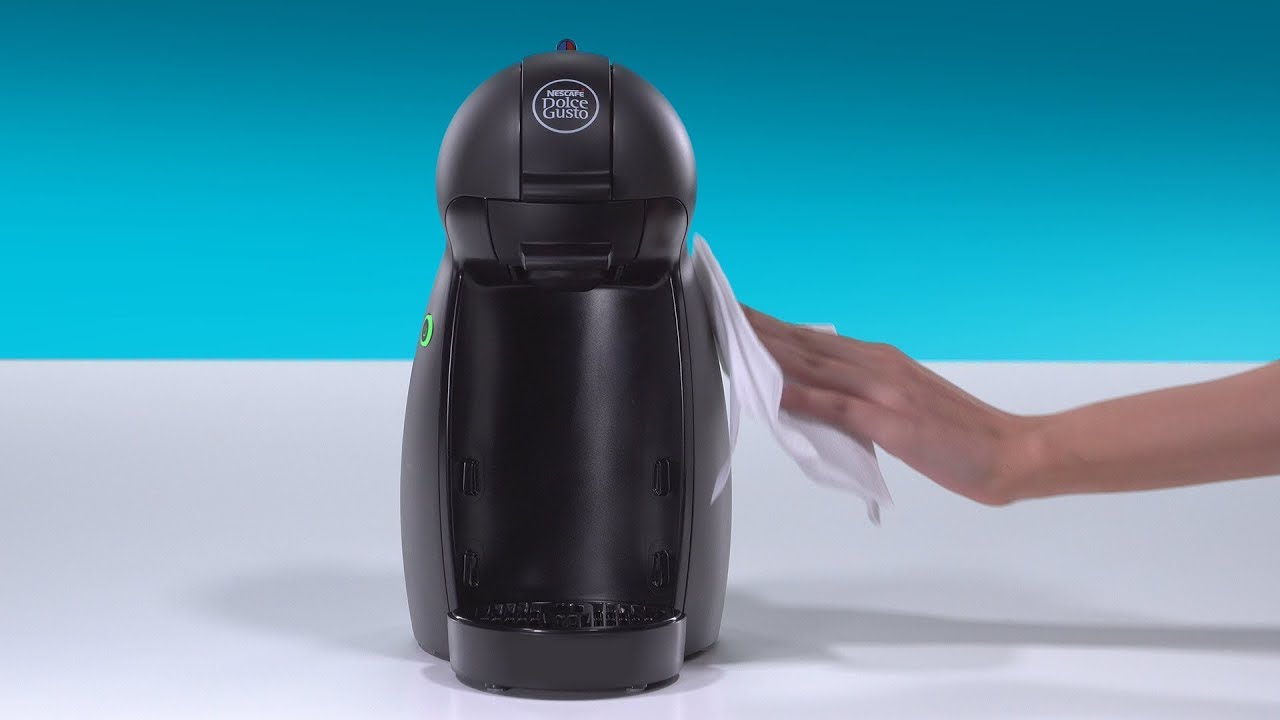
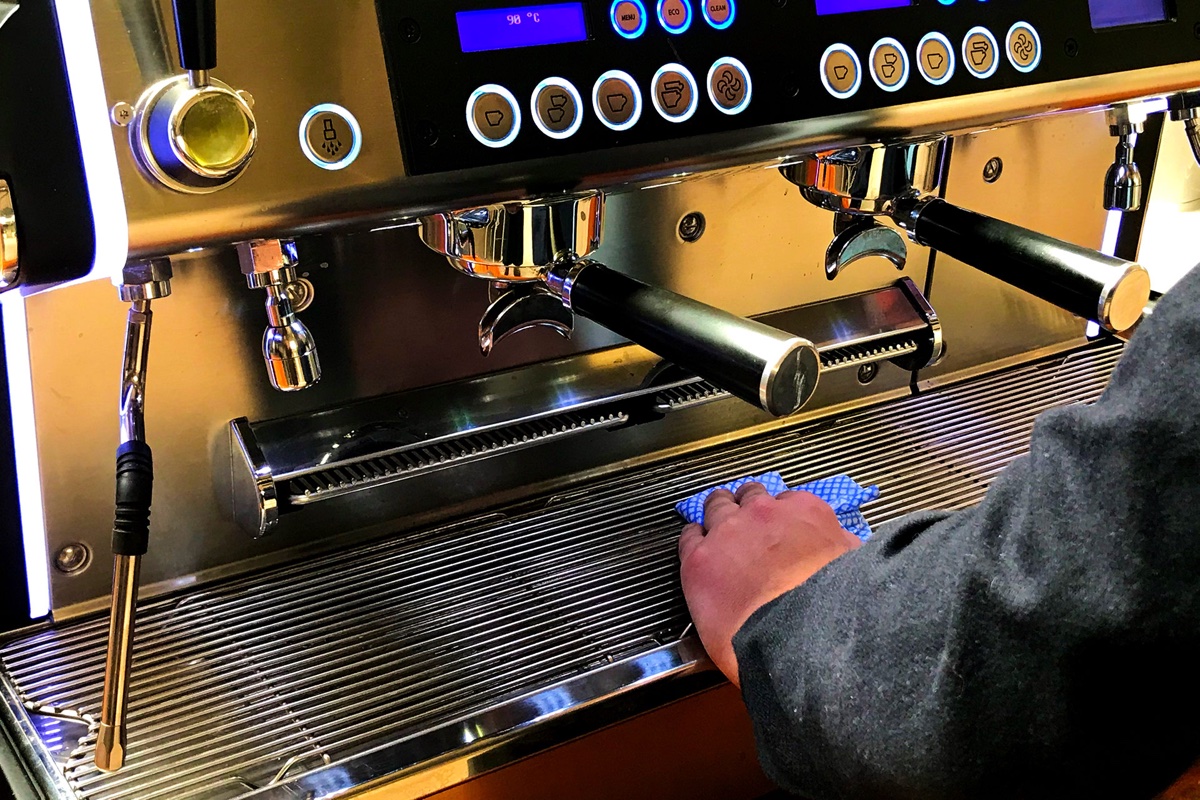
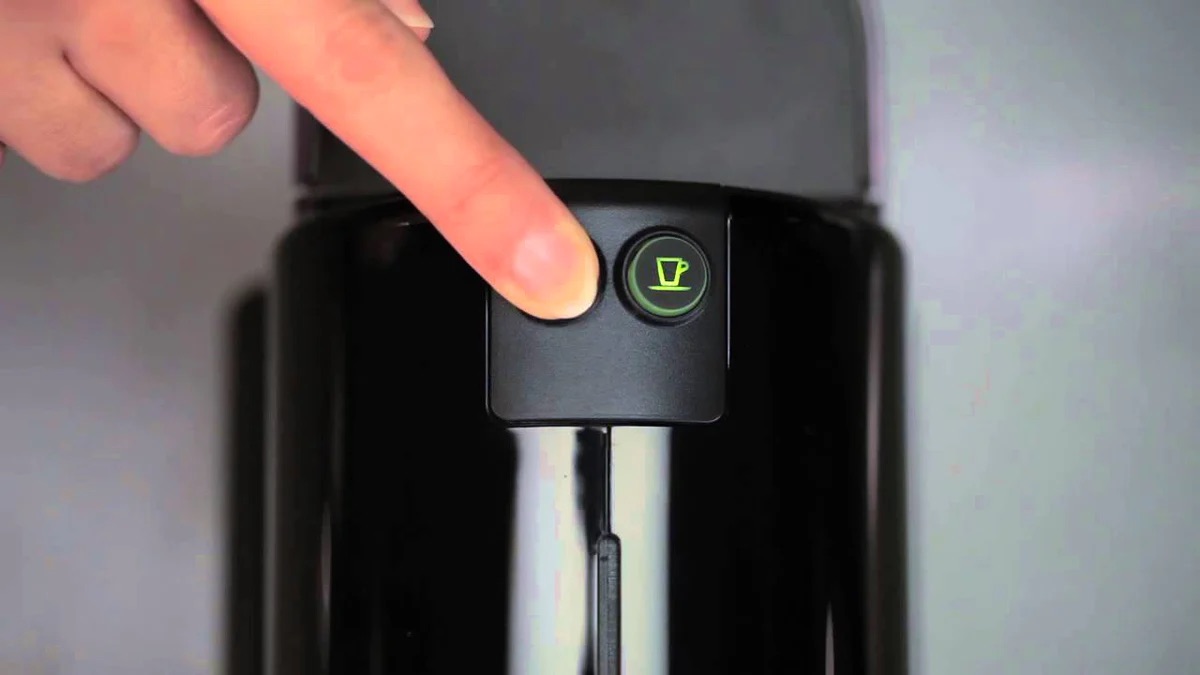

0 thoughts on “How To Dispose Of A Coffee Machine”